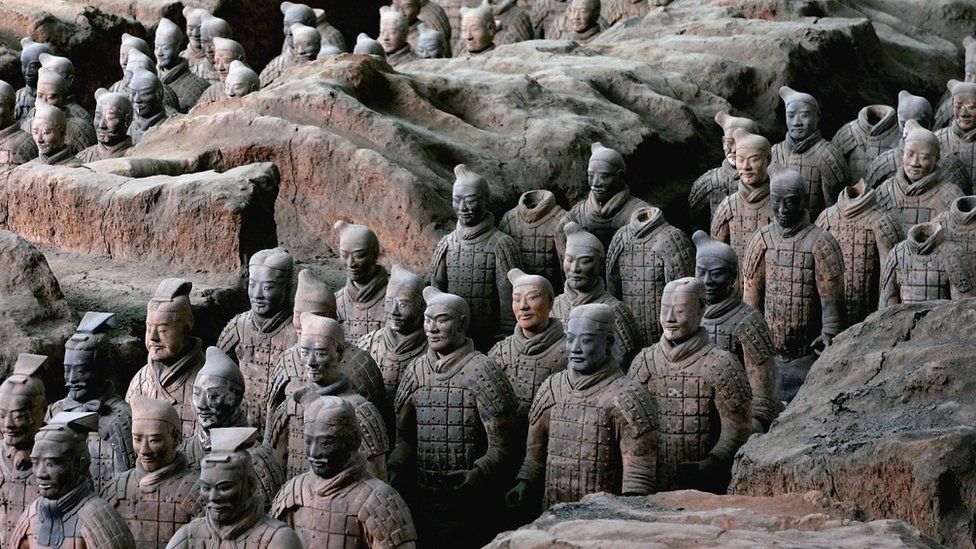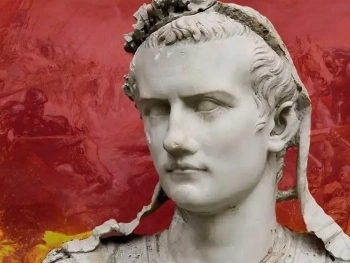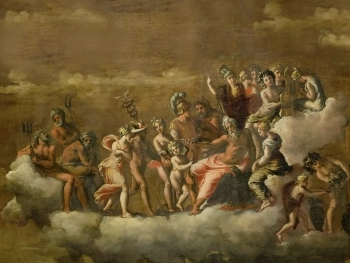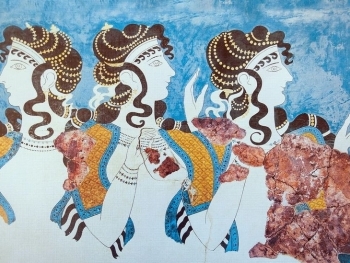In 1974, a group of farmers in China stumbled upon one of the greatest archaeological discoveries of all time: an underground army of terracotta soldiers, horses, and chariots that had been buried for over two thousand years. This remarkable find, known today as the Terracotta Army, has captured the imagination of people around the world and continues to provide new insights into the ancient history of China.
The Terracotta Army was commissioned by the first emperor of China, Qin Shi Huang, who ruled from 221-210 BCE. Qin Shi Huang was known for his ambitious building projects and his desire to create a vast empire that would last for generations. He ordered the construction of the Terracotta Army as a way of protecting himself in the afterlife, believing that he would need an army of loyal soldiers to defend him in the next world.
The army was built over a period of several decades by thousands of workers, and it is estimated that there are over 8,000 individual figures in total. The soldiers vary in height and style, with different ranks and positions represented in the army. The figures were originally painted in bright colors, although much of the paint has faded over time.
The Terracotta Army is a remarkable example of ancient Chinese art and technology. The figures were made using a mold and clay technique, and each one was individually crafted to create a unique and lifelike appearance. The army also includes a wide range of other objects, including weapons, armor, and even bronze birds.
The discovery of the Terracotta Army has provided invaluable insights into the ancient history of China. It has allowed scholars to better understand the art, technology, and military strategies of the Qin dynasty, and it has shed new light on the religious beliefs and cultural practices of ancient China.
Today, the Terracotta Army remains one of the most popular tourist attractions in China, with millions of visitors traveling to see this remarkable archaeological site every year. Its enduring legacy is a testament to the remarkable achievements of the ancient Chinese people, and a reminder of the importance of preserving our shared cultural heritage for future generations.




